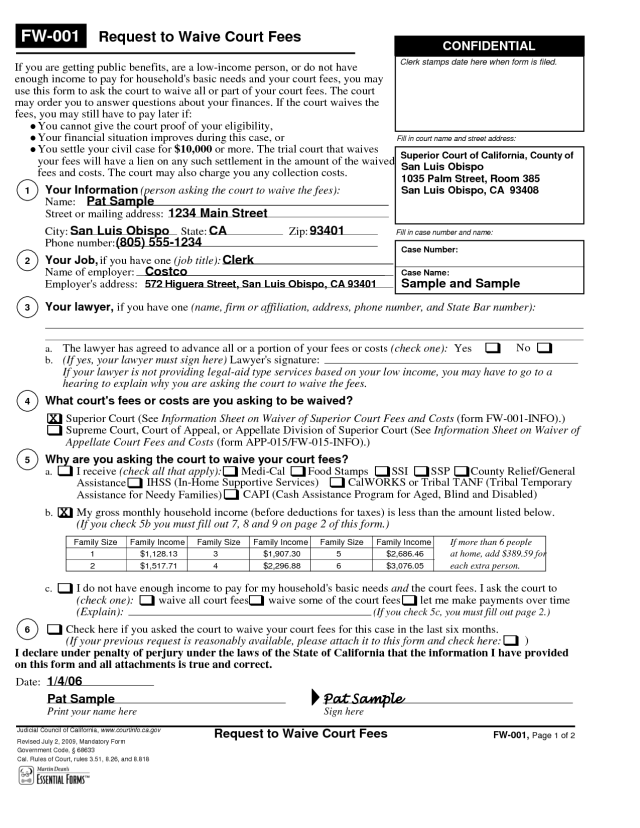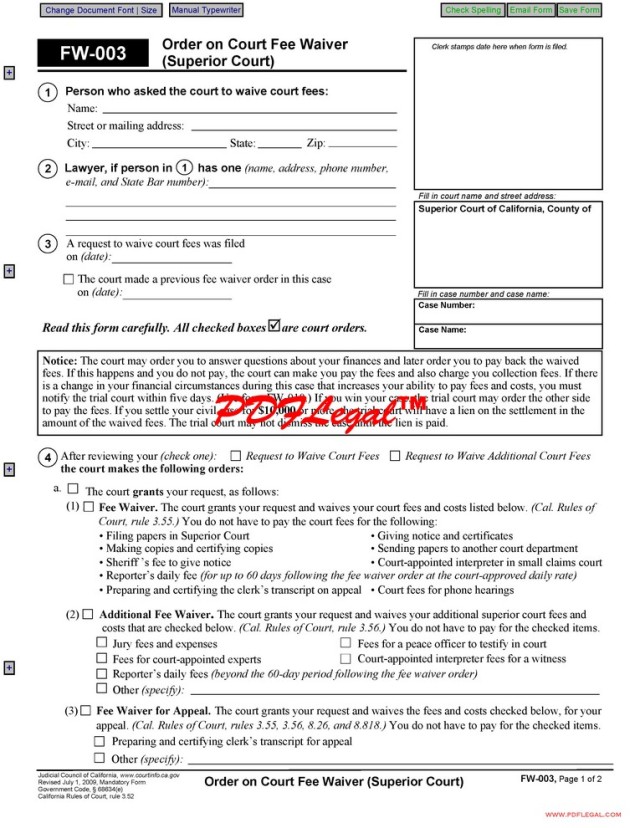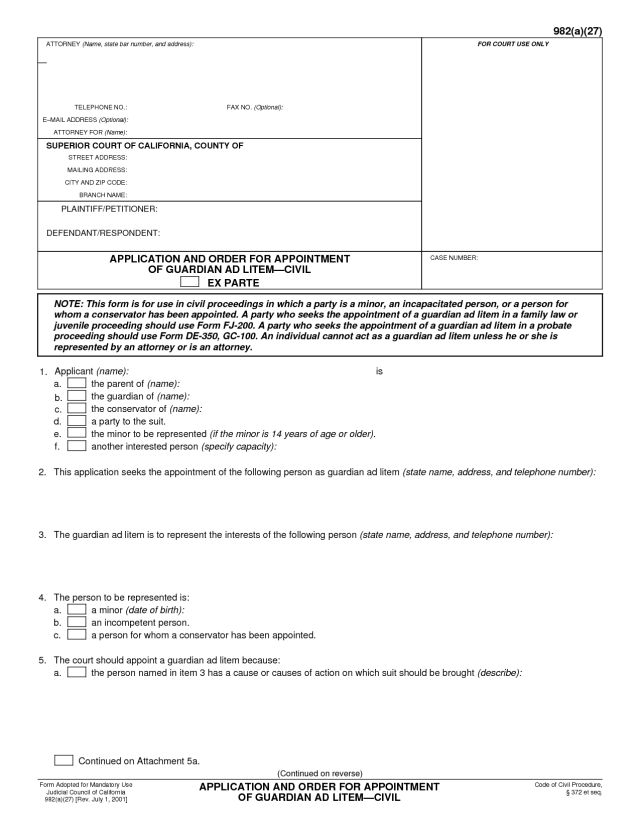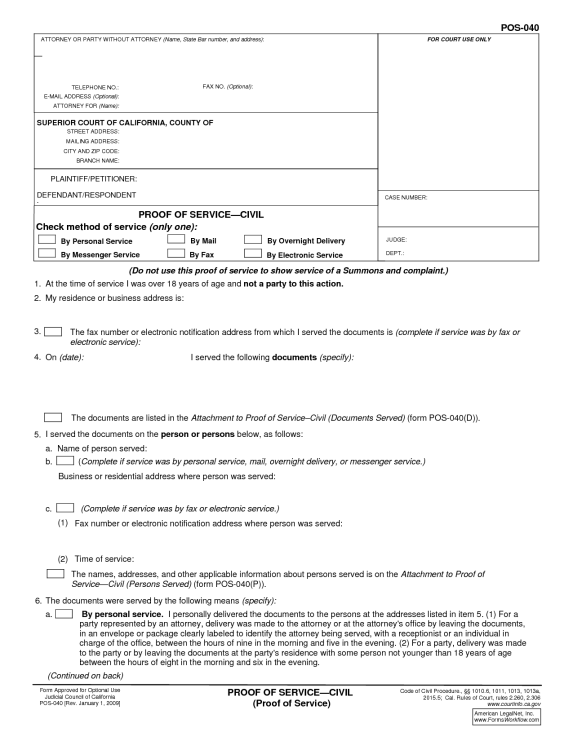As my previous blog discussed before, petitioning to change one’s name is done through the judicial system. The form needed to do this, which is called “Name Change petition,” explicitly states that the petitioner has to be 18 years or older to be able to go through the whole process without the consent from the guardians. This certainly does not indicate that the minors (under the age of 18) do not have the rights to change their names; the guardians can certainly file the petition on behalf of their minor children. Here is the case that I dealt with an actual litigant last week:
Lisa*, a 37 year old mother of two children, recently divorced her husband due to his violent behavior toward them. She has full custody of both of her children and wishes to change both of their current last names to her maiden name Adajehi. However, both of her kids are minors, a 7 year old (Bart*) and an 11 year old (Maggie*), which means that Lisa has to petition on behalf of both children. How can this be done? Also, does this mean that she has to pay $790($395 x 2) as the total cost for both children?
Here’s the solution to Lisa’s problem: the magic phrase that she needs to use over and over again to inform the court that Lisa is petitioning on behalf of her children is “guardian’s name on behalf of minor children, children’s names.” In Lisa’s case, she would write “Lisa Adajehi on behalf of minor children, Bart Gonzales and Maggie Gonzales.” This phrase must be written everywhere on the form that asks for the petitioner’s name. Here’s the CM-010 Civil Cover sheet:
Do you see the part that asks for the petitioner’s name and the address at the top? This is the exact place where Lisa would put down that magic phrase. Also, completing the CM-010 can be confusing so here are the steps to check the correct boxes:
- Once you are done with writing down your name (or the magic phrase) as well as your address, write down the court’s address. The address of downtown Superior Court of San Diego is 330 West Broadway, San Diego, CA. 92101.
- Note that the Case Name would be your last name even if you are petitioning on behalf of your minors.
- Check “Unlimited” under the section “CIVIL CASE COVER SHEET.”
- Question #1: check “Other petition” under the section “Miscellaneous Civil Petition;” this indicates the type of case you are trying to file.
- Question #2: check “is not” to indicate that your petition is not COMPLEX.
- Question #3: check “non-monetary” to indicate that you are not seeking money as the remedy.
- Skip Question #4;
- Question #5: check “is not” to indicate that your petition is not a class suit.
- Print your name, date and sign at the bottom.
Another often asked question is “about the forms where they ask you for not only the petitioner’s name but also for both of the petitioner’s current and proposed name.”
NC-130, the form also known as the “DECREE CHANGING NAME,” is the page that asks for both of the petitioner’s name but also current/proposed names. On this page, you put down the magic phrase that asks for the petitioner’s name; but for the parts that ask you for current and proposed names, you can just answer the questions without mentioning about guardian’s intention of filing a petition on behalf of his minor child: in Lisa’s case, she could just list “Bart Gonzales” as the current name and “Bart Adajehi” as the proposed name. Simply put, the petitioner is the one actually filling out the form.
I have yet to address the cost issue mentioned above. The petitioners do not need to pay by the number of people trying to change their names, but need to pay by the number of petitions they are submitting. Thus, in Lisa’s case, she will only be responsible for $395 for her two children. If your financial situation does not spare you this amount of money, be sure to file the Fee Waiver to request the court to waive or lower the filing fee (also be sure to check out my blog that talks about how to file the Fee Waiver forms).
*Pseudonym was used to protect litigant’s privacy.


















